We sometimes hear about a negative palmar angle. Is it a serious hoof problem? how can it be treated? Jason Thouvenot, farrier based in France, agreed to answer Ekico's questions on this subject.
What is a negative palmar angle?
We speak of a negative palmar angle when the tip of P3 (also named : coffin bone, distal phalanx, third phalanx or pedal bone), which is located in the hoof capsule, tilts upwards. The term palmar is used when the phenomenon affects the forelimbs of the horse and plantar when referring to the hindlimbs. Normally – this is called a positive palmar angle when P3 points slightly downwards. But there are also cases where the bone is parallel to the ground, or the bone points upwards! These bad positions of P3 are risks for the health of the animal.
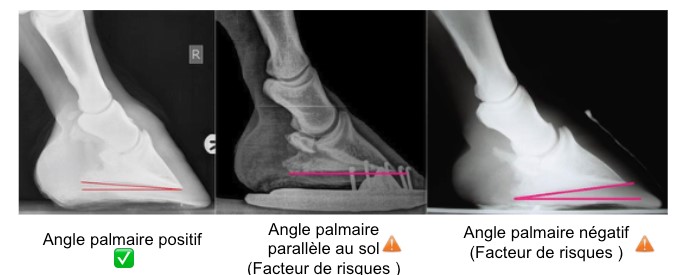
A negative palmar angle is often associated with low heels and flat feet. This positioning of P3 can lead to muscle and tendon tension, biomechanical and joint problems, lameness, and even lead to navicular syndrome.
Ekico : As part of your practice, do you ever manage horses with a negative palmar/plantar angle?
Jason Thouvenot : Yes, I happen to have horses with such cases. Managing these requires teamwork between veterinarian and farrier. X-rays monitoring during shoeing is necessary in order to have precise measurements and to be able to observe the evolution. Our goal is to achieve a normal palmar/plantar angle or at least get as close to it as possible.
Ekico : How do you handle these cases?
Jason Thouvenot : Firstly, I assess the angle of the third phalanx. I then establish a trimming plan which generally consists of trimming the horse in toe while preserving the heels. Following this, it is possible to use compensated hooves pads in order to obtain the desired palmar/plantar angle. On the horseshoes, I apply a rather pronounced rolling to facilitate the breakover and the start of the foot. Over the shoeings, I can gradually reduce the compensated hooves pads according to the angle of the third phalanx and then end up removing them completely.
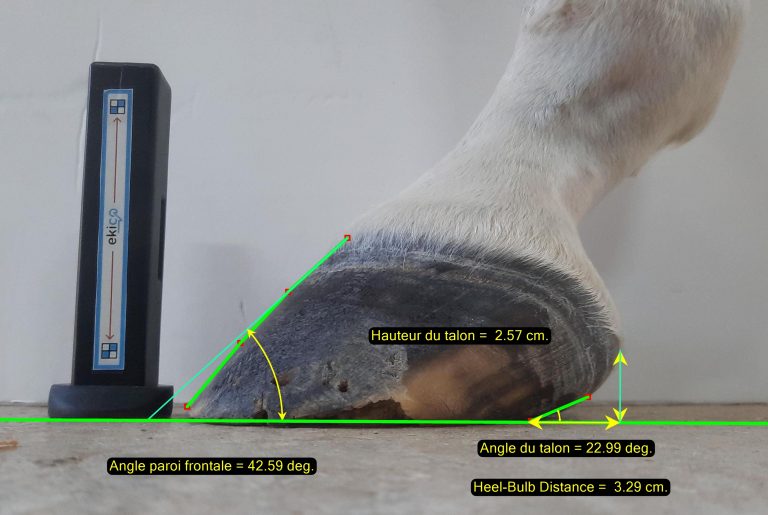
Ekico : What are the difficulties of managing a horse with this type of problem?
Jason Thouvenot : The parameters are numerous and the farrier does not always have all the cards in hand from the start. We can recall, among other things, that: - each horse may react differently to shoeing, - the cause of this palmar angle must be found, because treating the symptom without eliminating the cause will be futile, - some horses do not support the frog support of the compensated hoof pad, - without X-rays follow-up, it is complicated to advance blindly, even if we have some benchmarks, - this problem must be detected quickly before you have any lesions, - it is possible to have injuries to manage at the same time, for example a tear in the collateral ligaments.
Ekico : When do you consider the palmar/plantar angle to be normal?
Jason Thouvenot : A "normal" palmar/plantar angle has a slightly positive angle, between 2° and 6°.
Ekico : How do you establish a trimming plan?
Jason Thouvenot : Generally, a horse with a negative palmar angle ends up with low heels and a long toe. The goal will be to realign the bony column by shortening the toe and, little by little, to be able to bring the heels back to their place. Regular trimming is really important in order to be effective as quickly as possible! The best thing is to have x-ray images in order to be able to act as precisely as possible because, sometimes, the outside of the foot is not in agreement with the inside...

Ekico : Do you know of any examples of the causes of a negative palmar angle?
Jason Thouvenot : They can be multiple and in particular come from: - a bad trimming plan, - poor shoeing, - too long time between shoeing/trimming, - atrophy of the digital cushion, - pain in the caudal hoof. The veterinarian will probably find other causes, it is very important in this case to be able to link the skills of the two trades.
An interview conducted with :
Jason Thouvenot, french farrier. https://www.facebook.com/Thouvenotorthofer/
Ekico, horse health monitoring partner
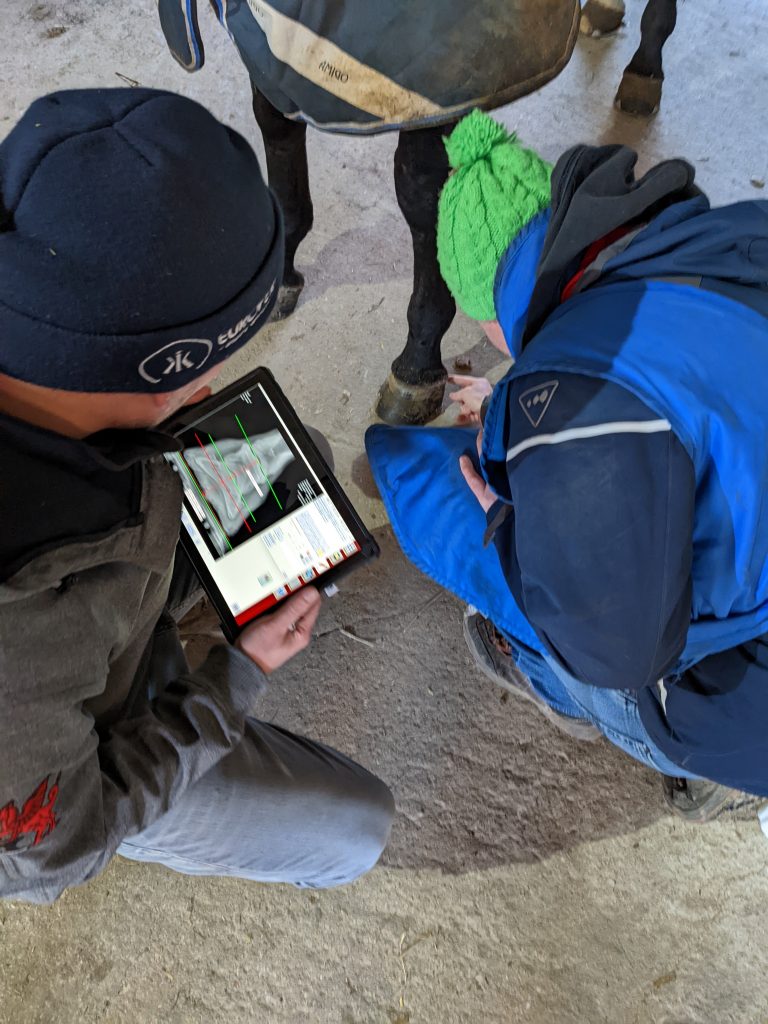

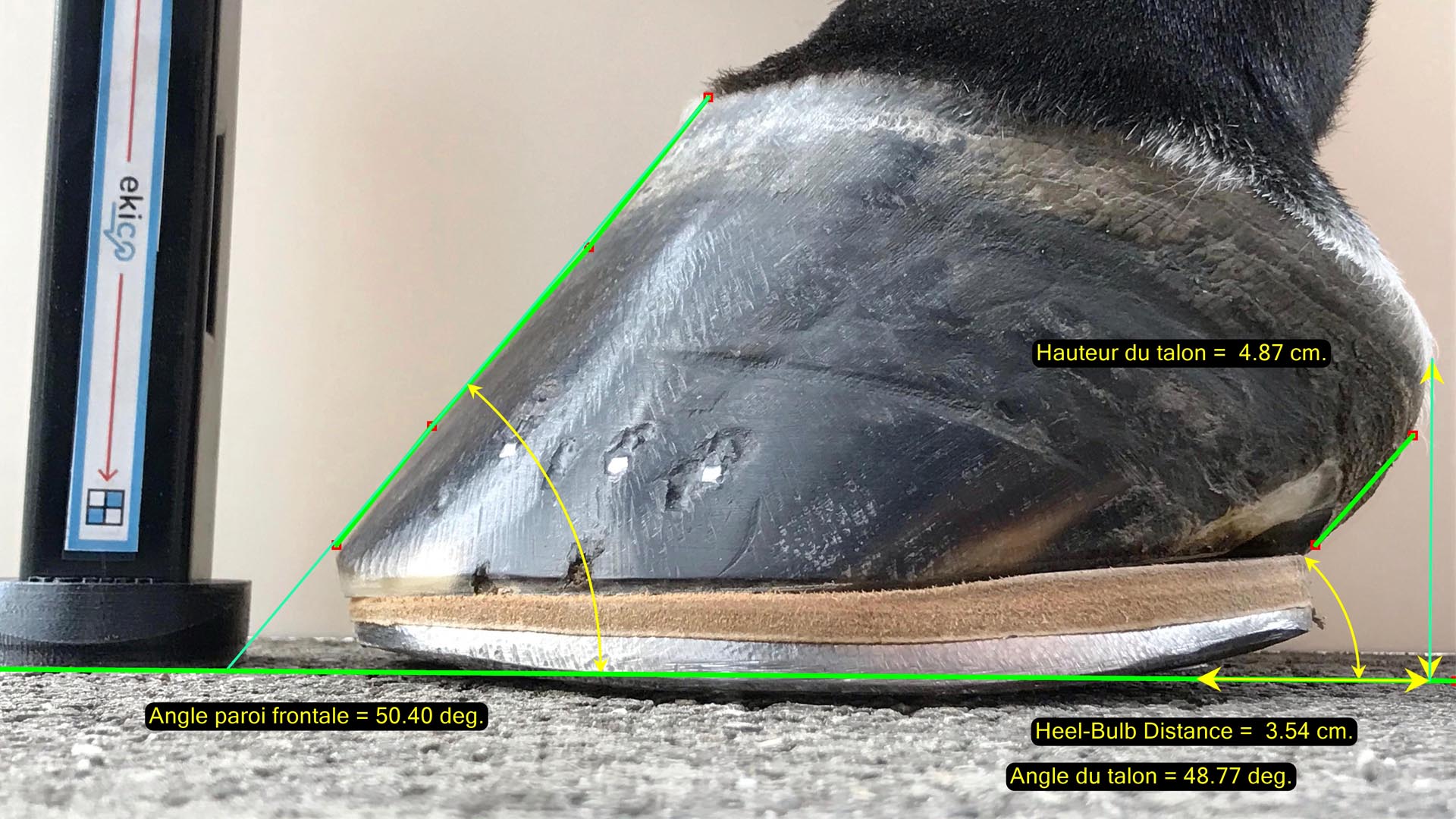
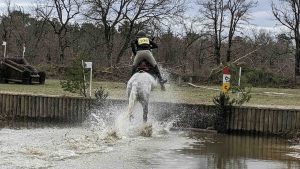


One Comment
Tom pears
This subject affects us all today with wet climates softening feet and breeding without consideration for conformation and foot quality!
I personally find the shoe itself is usually to blame because it lifts the frog away from the ground so I try to fit thin flat shoes to these feet to minimise the prolapse effect as these feet rely heavily on frog contact. I also believe an internal lift is better than an external lift so I usually use a pour in packing product such as sole pack, the improvement internally is instant and the external improvement usually is evident after a few shoeings but I feel this isn’t as important.
A before and after x ray image was carried out as an experiment at my local vets to prove the effectiveness of this method and the difference was very noticeable.